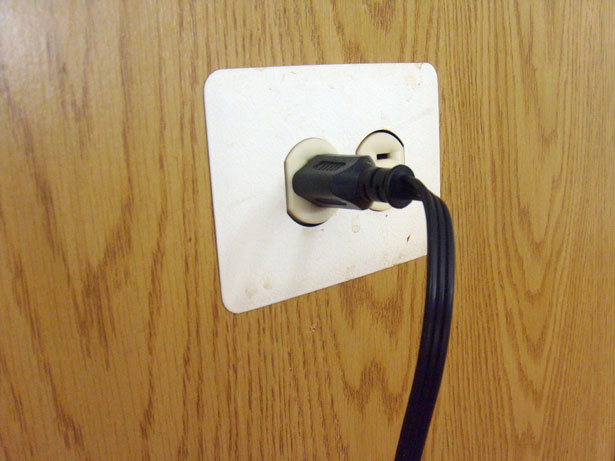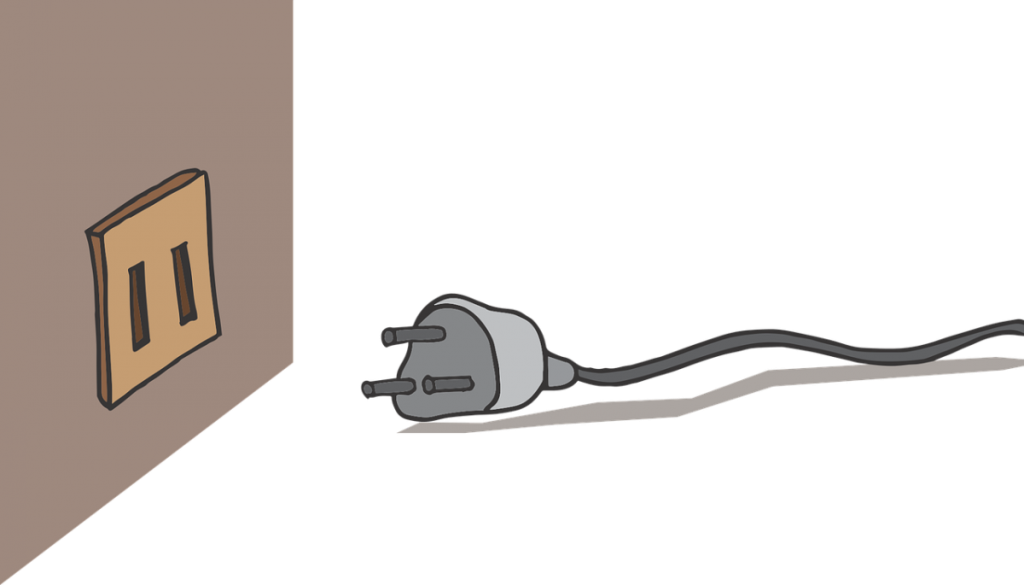What Are Electrical Outlets Used For?
Role of an electrical outlet
An electrical outlet allows you to power all your everyday electrical appliances: fridge, washing machine, coffee machine, vacuum cleaner, television, etc., by connecting them to the electrical network.
Electrical plug and socket: male and female electrical socket
The socket is recessed into the wall. The contacts are made at the bottom of circular holes for safety reasons. In a socket outlet, the pin corresponding to the earth protrudes.
The male electrical socket (or plug) is inserted into the female socket. The pins are made of brass and correspond to the phase and neutral, possibly with an earth pin.
Types of sockets
There are different standards of electrical outlets around the world.
In some countries, they use:
Type C sockets: CEE 7/16 for low-power devices and CEE 7/17 for more powerful devices;
E and F: with earth.
In the United States and Canada, type A and B plugs are used (with flat pins).
All plugs and sockets are nowadays equipped with a protection device that blocks the sockets when not in use.
Number of power sockets

The NFC 15-100 standard requires a minimum number of electrical outlets per room:
Room: 3 sockets minimum + 1 communication socket placed next to one of them;
Kitchen: 6 electric sockets, 4 of which are above the worktop;
Sink: no sockets allowed above the sink and hob;
The household appliances must be connected to at least 3 dedicated sockets and dedicated circuits, IE. independent, coming directly from the distribution board;
Freezer: must also be equipped with a 30 mA differential device to avoid untimely power cuts.
Living room: 5 sockets for a living room of less than 20 m². For the upper surfaces, take the surface area of the room (in m²) and divide by four to obtain the number of sockets;
Bathroom: divided into 4 distinct volumes
Volume 0: it concerns the bathtub and the shower tray. All electrical equipment is strictly forbidden.
Volume 1: above the bathtub (from the floor to above the bottom of the shower tray). Tolerates 12 V low-voltage lighting if the safety transformer is in volume 2 or 3.
Volume 2: this area is less than 60 cm from the shower or bathtub and 3 m high. It accepts 12 V lighting and a class I and II illuminated bathroom cabinet (protected from water spray).
Volume 3: above 60 cm from the shower and bathtub and over 2.25 m in height. Class I and II equipment (protected from vertical water splashes) are permitted.
All lines must be equipped with a 30 mA differential device. An additional equipotential bonding must be installed. All conductive elements are connected to each other. This connection is then earthed to avoid any electrification.
Corridor and surface of more than 4 m²: 1 electrical outlet minimum;
Outside: the sockets are placed at a minimum height of 1 m on dedicated circuits and protected by a 30 mA differential device;
1 electrical outlet next to each communication socket: telephone or television.
Location of power sockets
Electrical outlets cannot be placed at any height. Minimum height above the finished floor must be respected: – at least 5 cm from the ground for 16 A or 20 A sockets; – at least 12 cm from the ground for 32 A sockets; – between 8 and 25 cm above the kitchen worktop.
Note: an electrical outlet must never be installed above a sink or cooking appliance.
Where can you find a professional electrician?
You can contact an electrical installation specialist in Suffolk County. They provide a complete range of residential, commercial and industrial electrical services. After reading this post, you are now more knowledgeable about electrical outlets, plugs, and sockets, so next time your electrician talks to you about your home’s electrical requirements, you’ll know what he is talking about. Remember to share your experience in the comments below.

